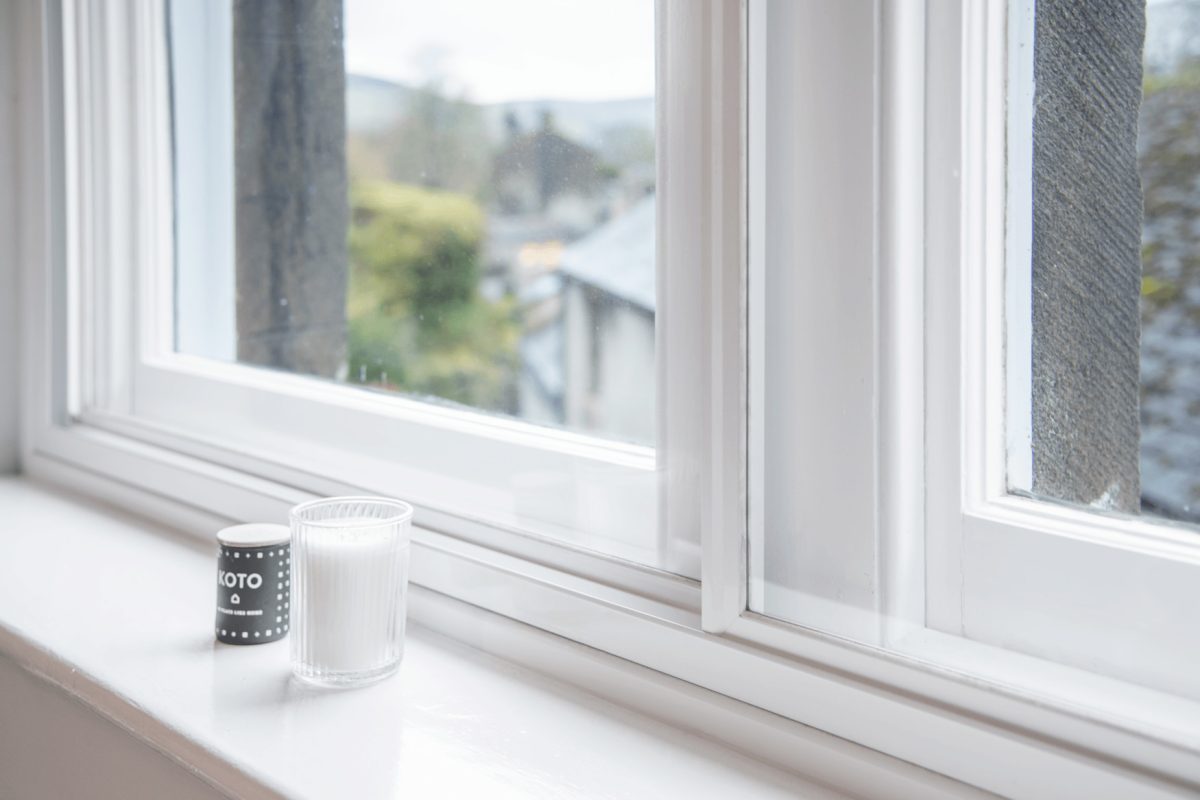
Timber - PVC - Aluminium - Windows, Doors & Conservatories in Hampshire
Soundproof Windows: Does Secondary Glazing Really Block Road Noise?
Soundproof Windows: Does Secondary Glazing Really Block Road Noise?
Category: Noise Reduction / Windows
Reading Time: 6 Minutes
📌 The Silent Summary
- The Gap is Key: For maximum soundproofing, you need a 100mm-200mm gap between the windows.
- Beats Triple Glazing: Secondary glazing reduces noise far better than replacing windows with triple glazing.
- Stadip Silence: Using specialist acoustic glass can reduce noise levels by up to 54dB (80% reduction in perceived loudness).
- Cost Effective: Often cheaper and less invasive than full window replacement.
Sleep disturbance. Stress. Inability to concentrate. If you live near a busy road, railway line, or under a flight path, you know that noise pollution isn’t just an annoyance—it affects your health.
Many homeowners assume the answer is replacing their windows with expensive triple glazing. They are often wrong. If your primary goal is stopping noise, Secondary Glazing is the undisputed heavyweight champion. Here is the science behind why it works so effectively.
Table of Contents
1. Video Proof: Listen for Yourself
We can talk about decibels all day, but hearing is believing. Watch our quick demonstration to hear the dramatic cut in road noise the moment the secondary unit is closed.
2. The Science: How It Blocks Sound
Why does secondary glazing work so well? It tackles noise pollution through three distinct physical mechanisms:
- Adds Mass: Sound has trouble travelling through heavy objects. Adding a secondary pane of glass provides an extra, dense physical barrier that blocks sound waves from penetrating through the window aperture.
- Disrupts Sound Waves (Decoupling): Standard double glazing has two panes that are mechanically connected by a spacer bar. Vibration hits the outer pane, travels through the spacer, and shakes the inner pane. Secondary glazing is fully independent. It “decouples” the inner pane from the outer one, meaning vibrations have no direct path to travel through.
- Creates an Insulating Air Gap: This is the most crucial factor. The large volume of “dead air” trapped between the two windows acts as a shock absorber, damping the sound energy before it reaches your room.

3. The Magic “100mm Air Gap”
Standard double glazing has a gap of just 16mm-20mm. While good for heat, this small gap allows sound vibrations to jump easily from the outer pane to the inner pane.
For genuine acoustic performance, size matters. The ideal gap for secondary glazing is typically between 100mm and 200mm.
4. Choosing the Right Acoustic Glass
The gap does the heavy lifting, but the glass matters too. For extreme noise issues (like main roads), standard 4mm glass might not be enough. To maximize performance, we recommend two strategies:
Strategy A: Asymmetric Glazing
This involves using glass of a different thickness to your primary window (e.g., if your main window is 4mm glass, use 6mm for the secondary). Different thicknesses vibrate at different frequencies. By mismatching them, you prevent “sympathetic resonance,” stopping sound from passing through easily.
Strategy B: Stadip Silence (Acoustic Laminate)
For the ultimate upgrade, use Stadip Silence. This is a special laminated glass with an acoustic PVB interlayer. This plastic layer acts as a dampening core, absorbing sound energy and preventing the glass from vibrating. It essentially turns your window into a noise-canceling barrier.
5. Key Benefits Beyond Silence
While silence is the goal, secondary glazing offers a suite of additional benefits that make it a smart investment:
- Cost-Effective: It is significantly cheaper than ripping out and replacing windows with high-spec acoustic double or triple glazing.
- Non-Invasive (Heritage Friendly): Because it is an internal addition, it does not alter the external fabric of the building. This makes it the perfect solution for Listed Buildings and conservation areas where changing the windows is forbidden.
- Superior Performance: When installed correctly with a large air gap, it outperforms standard triple glazing for noise reduction.
- Thermal Bonus: That same air gap that stops noise also stops heat loss. It eliminates drafts and creates a thermal barrier, reducing energy bills.
- Enhanced Security: It adds a second barrier for intruders to bypass, often with its own locking mechanism.
6. Frequently Asked Questions
No window can block 100% of sound (some vibration travels through walls/vents). However, a high-spec installation can reduce noise by over 50dB, which transforms “intrusive traffic roar” into a “distant whisper.”
Not if chosen correctly. Modern units use slimline aluminium frames. By aligning the bars of the secondary unit with your original window, the new frame becomes virtually invisible from the outside and very discreet inside.
Yes, significantly. Because you are not removing the existing windows (no scaffolding, waste disposal, or making good plaster), the installation is faster, cleaner, and cheaper than full replacement.
📚 Explore Our Secondary Glazing Hub
Now you know how to stop the noise, explore our other guides to see the full benefits:
Want a peaceful home? Contact KJM for a soundproofing quote.
- Certified Fire Doors: The Firecore Collection - 15 January 2026
- Premium Hardware for Profile 22 Doors: Ultion Sweet & Fab&Fix - 15 January 2026
- 2026 Design Trends: The 4 Window & Door Styles Defining the Year - 19 December 2025














